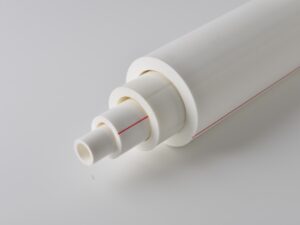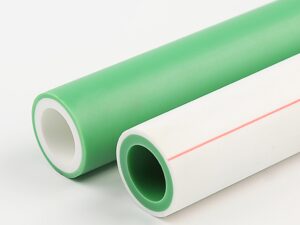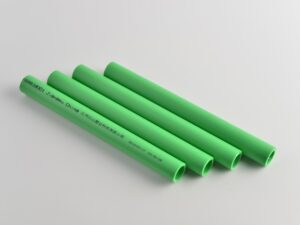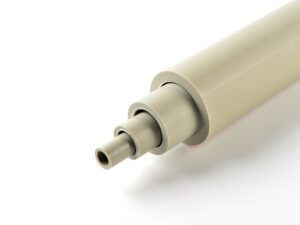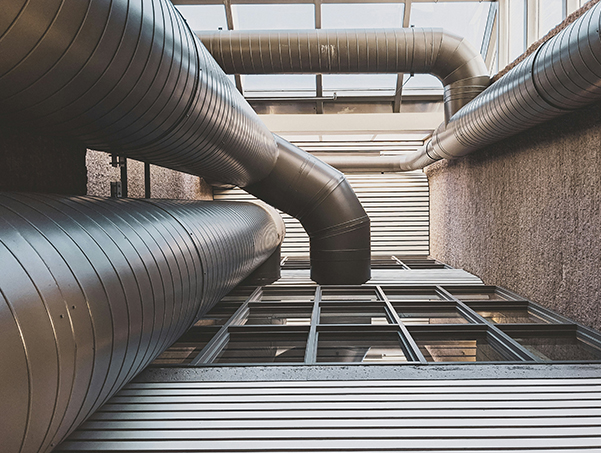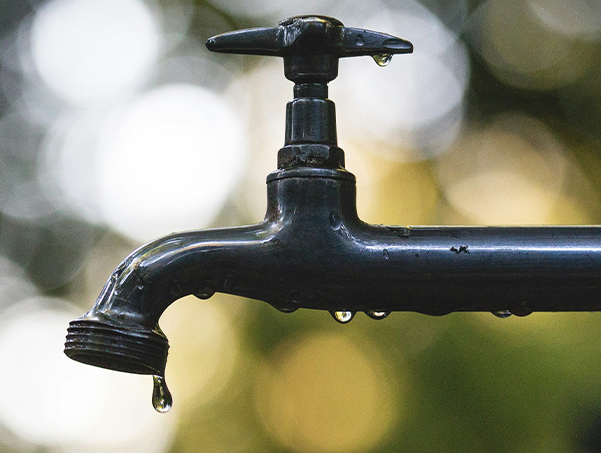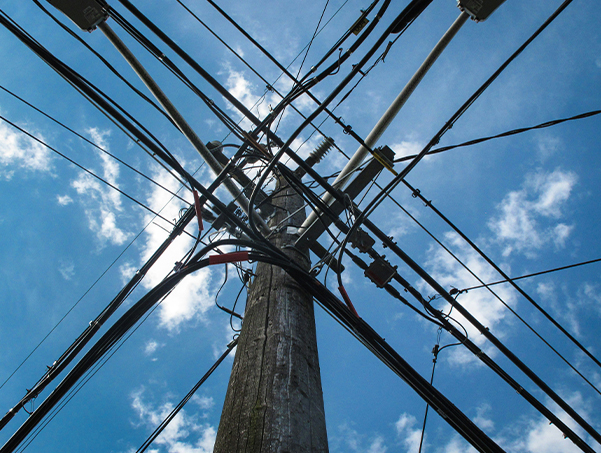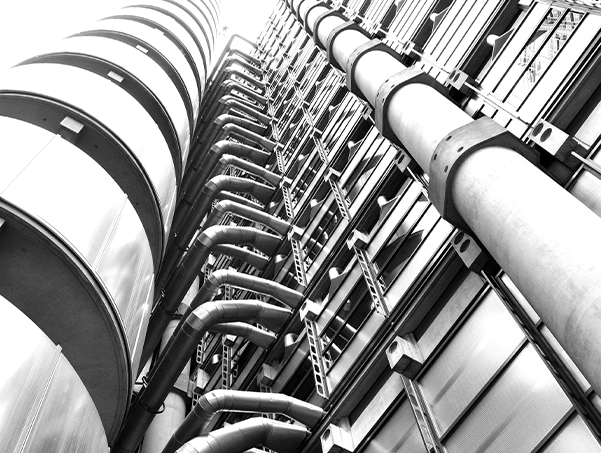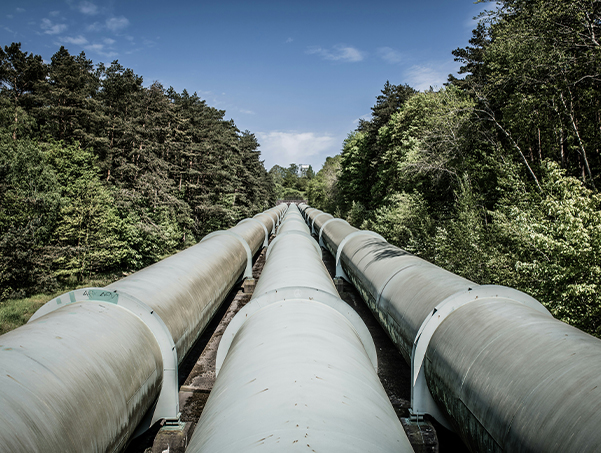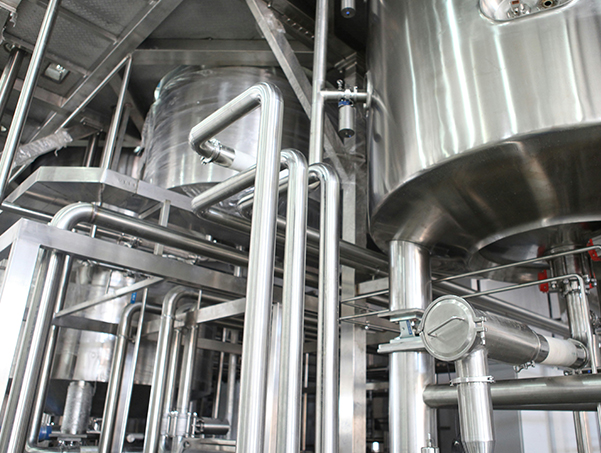PPR Pipe
What Is PPR Pipe
The English full name of PPR pipe is Polypropylene Random Copolymer (three types of polypropylene), which is a plastic pipe made of random copolymer polypropylene as raw material. The production process seamlessly connects pipes and fittings through high-temperature hot melt technology to form a system with strong sealing. PPR pipe originally originated in Europe, after entering the Chinese market in the 1990s, it quickly replaced traditional galvanized steel pipe, PVC pipe and other materials with its durability and safety.
Categories
PPR Pipeline Model And Specification

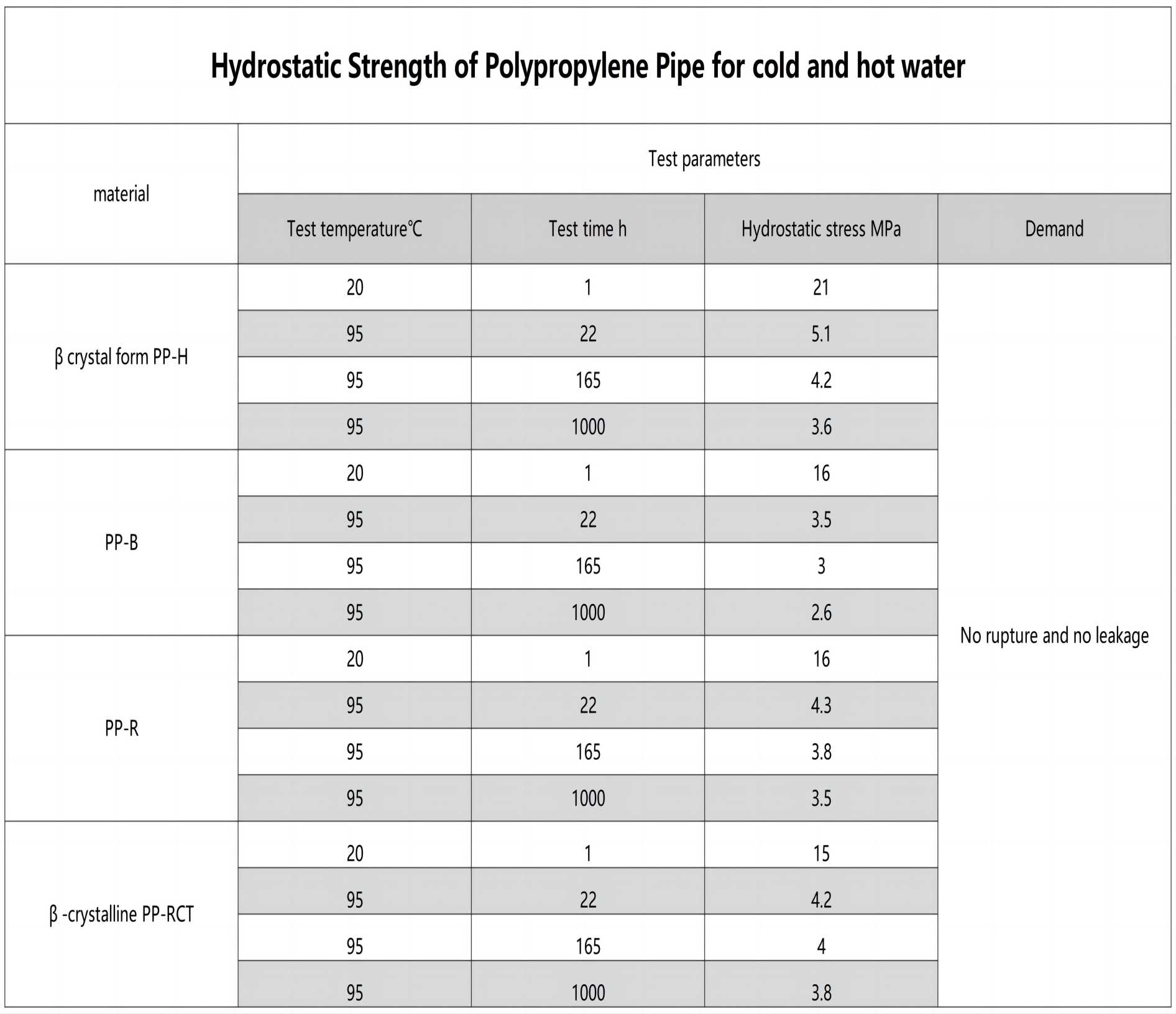
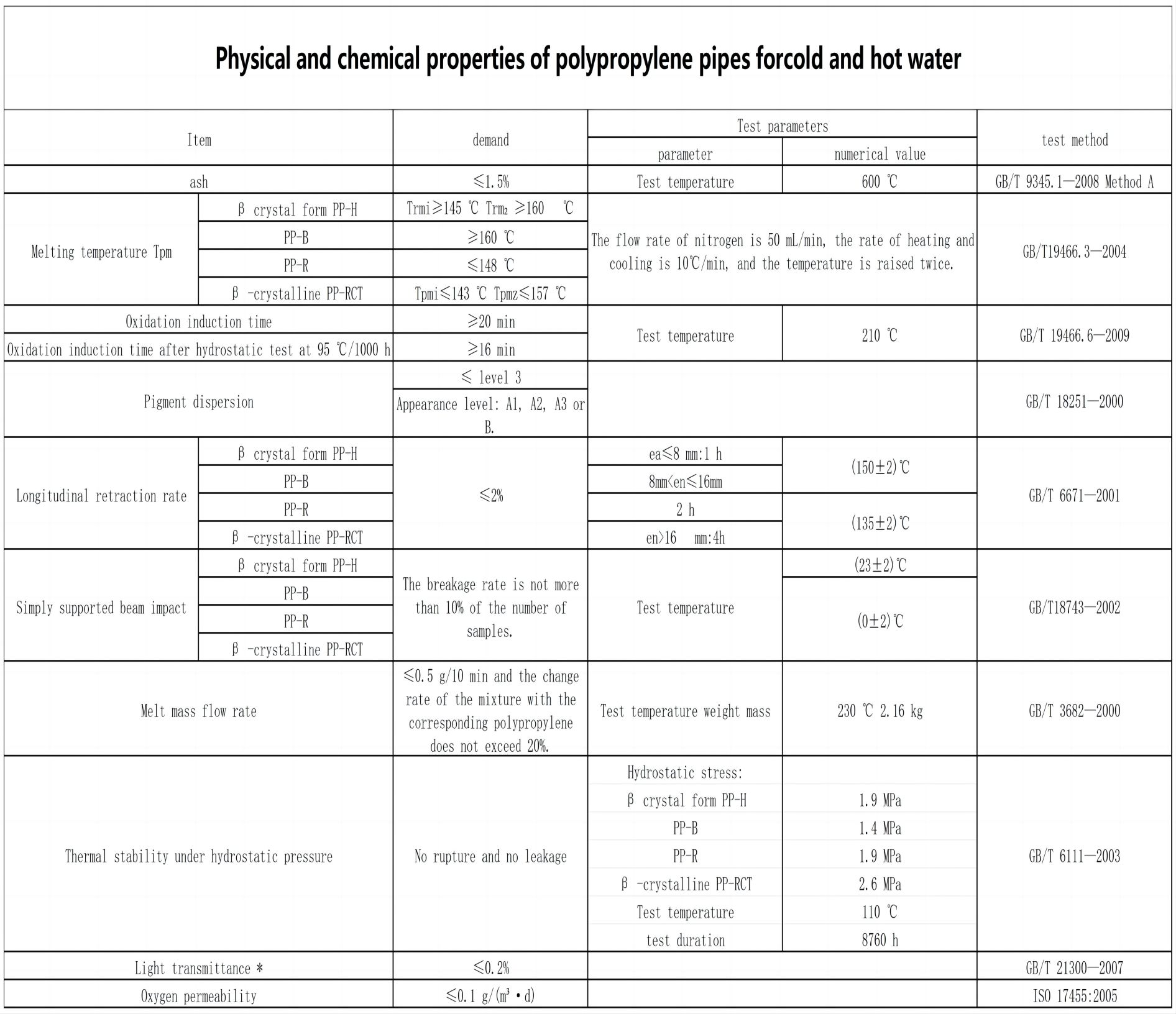
PPR Pipe Product Characteristics
PPR (Polypropylene Random Copolymer) pipes are widely used in plumbing, heating, and other fluid transport systems due to their excellent properties. Below are the key characteristics of PPR pipeline products:
1. Material Composition
Made from Polypropylene Random Copolymer, a type of thermoplastic polymer.
Free from harmful substances like heavy metals, making it safe for potable water systems.
2. Physical Properties
High Temperature Resistance: Can withstand temperatures up to 95°C continuously and 110°C for short periods.
Pressure Resistance: Suitable for high-pressure systems (up to 20 bar depending on pipe size and wall thickness).
Corrosion Resistance: Immune to chemical corrosion, ensuring durability in various environments.
Smooth Interior: Reduces friction, preventing scaling and buildup, which ensures consistent flow.
3. Mechanical Properties
Flexibility: PPR pipes are flexible, reducing the need for fittings and minimizing leakage risks.
Impact Resistance: Resistant to mechanical impacts and vibrations.
Lightweight: Easier to transport and install compared to metal pipes.
4. Thermal Properties
Low Thermal Conductivity: Minimizes heat loss in hot water systems.
Thermal Expansion: Higher thermal expansion compared to metal pipes, but this is managed through proper installation techniques.
5. Chemical Resistance
Resistant to a wide range of chemicals, making it suitable for industrial applications.
Not affected by acids, alkalis, or salts.
6. Hydraulic Properties
Low Flow Resistance: A smooth inner surface ensures efficient fluid flow.
No Scaling: Prevents mineral deposits, maintaining flow efficiency over time.
7. Longevity
Service Life: Typically 50 years or more under normal operating conditions.
Aging Resistance: UV-resistant versions are available for outdoor use.
8. Installation
Easy to Install: Heat fusion welding is used for jointing, ensuring leak-proof connections.
Minimal Maintenance: Requires less maintenance compared to metal pipes.
9. Environmental Benefits
Recyclable: PPR pipes are fully recyclable, reducing environmental impact.
Energy Efficient: Reduces energy consumption in heating systems due to its insulating properties.
10. Applications
Hot and Cold Water Systems: Ideal for residential, commercial, and industrial plumbing.
Heating Systems: These are used in underfloor heating and radiator connections.
Industrial Pipelines: Suitable for transporting chemicals and other fluids.
Compressed Air Systems: Safe and efficient for air transport.
11. Standards and Certifications
Complies with international standards such as ISO 15874, DIN 8077, and ASTM F2389.
Certifications for potable water safety (e.g., NSF, WRAS, KTW).
12. Sizes and Dimensions
Available in a range of sizes from 20 mm to 160 mm in diameter.
Different wall thicknesses (e.g., PN10, PN16, PN20) to suit various pressure ratings.
13. Color Coding
Commonly available in green, white, gray, or blue, with color indicating specific applications (e.g., green for cold water, white for potable water).
PPR pipes are a reliable and cost-effective solution for modern piping systems, offering a combination of durability, safety, and ease of installation.



